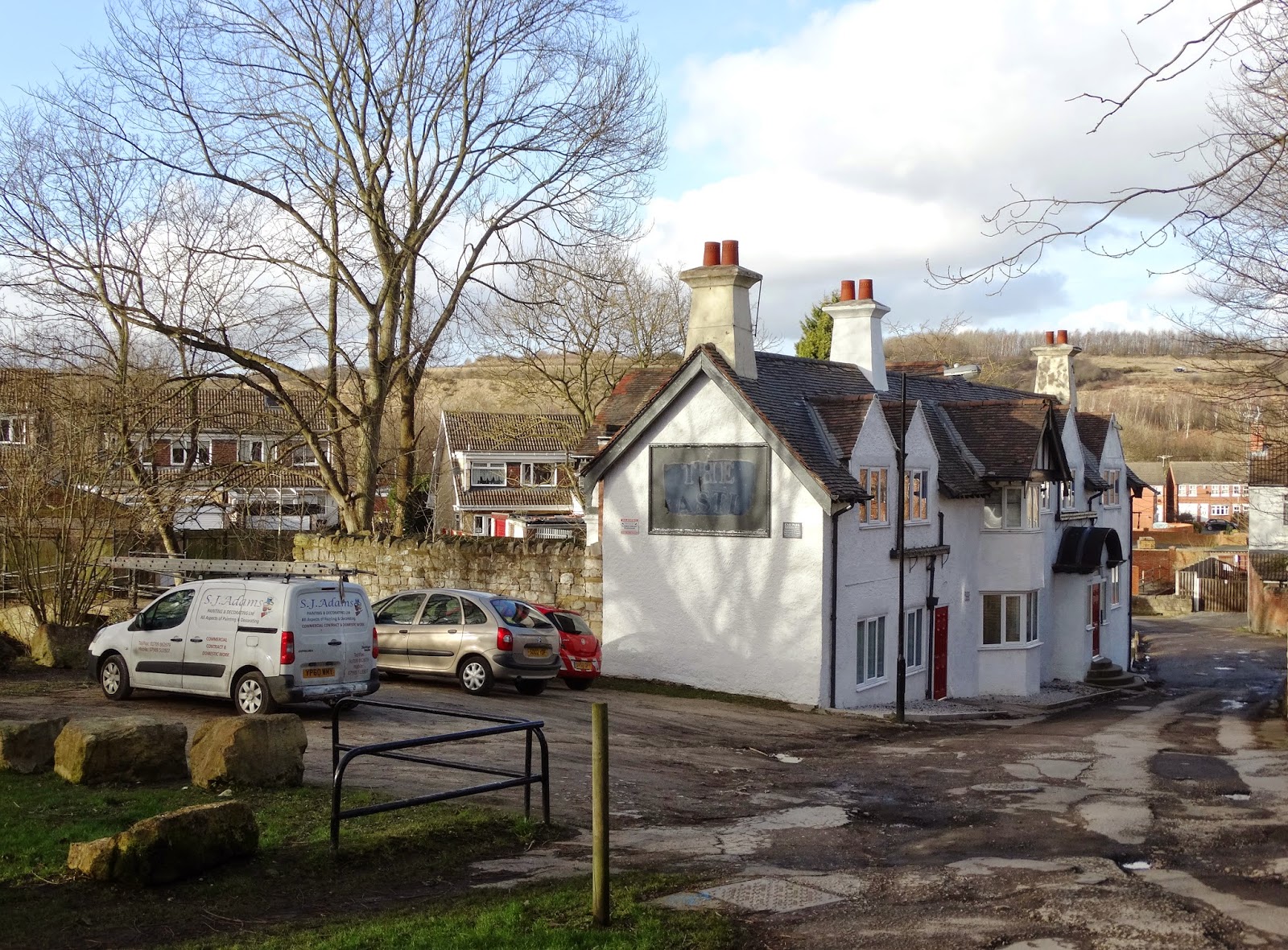Conisbrough was a grim little town in the heart of the South Yorkshire coalfield. And yet it had history. Long before coal was mined on an industrial scale, Conisbrough's location was judged to be of strategic significance. In the eleventh century, as the Normans sought to strengthen their political control of northern England, a castle was built at Conisbrough by William de Warenne, the first Earl of Surrey who had fought with William the Conqueror at The Battle of Hastings in 1066.
Over the next four hundred years, Conisbrough Castle remained an important stronghold and as the year's passed it was modified, extended, repaired and strengthened but by the sixteenth century it had fallen into a state of semi-dereliction and played no part in the English Civil War that tore through the country in the seventeenth century. However, in the nineteenth century a new spotlight was shone on the castle ruins by the famed Scottish writer Sir Walter Scott - in his novel "Ivanhoe" (1819).

Scott wrote of Conisbrough - There are few more beautiful or striking scenes in England, than are presented by the vicinity of this ancient Saxon fortress. The soft and gentle river Don sweeps through an ampitheatre, in which cultivation is richly blended with woodland, and on a mount, ascending from the river, well defended by walls and ditches, rises this ancient edifice, which, as its Saxon name implies, was, previous to the Conquest, a royal residence of the kings of England. The outer walls have probably been added by the Normans, but the inner keep bears token of very great antiquity. It is situated on a mount at one angle of the inner court, and forms a complete circle of perhaps twenty-five feet in diameter. The wall is of immense thickness, and is propped or defended by six huge external buttresses which project from the circle, and rise up against the sides of the castle as if to strengthen or support it. These massive buttresses are hollowed out towards the top, and terminate in a sort of turrets communicating with the interior of the keep itself. The distant appearance of this huge building, with these singular accompaniments, is as interesting to the lovers of the picturesque, as the interior of the castle is to the eager antiquary...
As it happens, Scott may have been wrong to assume that the castle was of Saxon origin. No archaeological evidence supports that stance though I find it difficult to believe that the mound on which Conisbrough Castle still stands was a blank canvas before William de Warenne arrived. And it is worth noting that the name "Conisbrough" is of Saxon origin and means "king's stronghold".
Yesterday, I didn't go inside the castle. I walked past it and down to The River Don. There I noticed yet another pub that has bitten the dust. Now converted to residential units, it was once, somewhat ironically, called "The Castle". No boozy laughter any more or shiny brass bar rails or pub quizzes. When was Conisbrough Castle built? Rest in Peace.
 |
| "The Catle" has gone |


















































